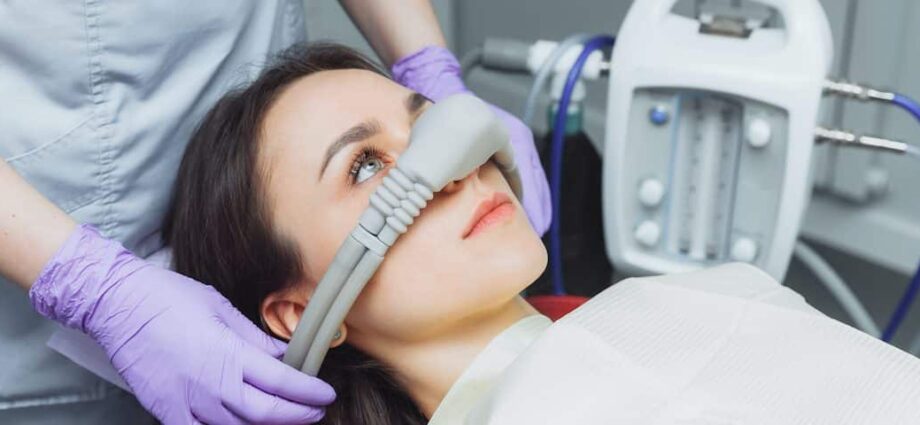For many people, visiting the dentist can be an anxiety-inducing experience. The sounds of drilling, the fear of pain, and the overall discomfort can make dental appointments a source of dread. However, there is a solution that can help alleviate these concerns and make dental visits a more relaxed and comfortable experience, known as sedation dentistry.
If you experience anxiety before going to the dentist, you must know what sedation dentistry is, how it works, and how you can benefit from it. Whether you experience dental phobia, have low pain tolerance, or require extensive dental work, sedation dentistry offers a safe and effective way to manage anxiety and pain during dental procedures. You can contact family and cosmetic dentistry in Leesburg, VA, to understand various sedation options available, their benefits, and the considerations you should consider when considering sedation dentistry.
- Purpose of sedation dentistry
The primary purpose of sedation dentistry is to help patients relax and remain calm during dental procedures. It is especially beneficial for people who encounter dental fear or phobia, has low pain endurance, or need comprehensive dental work. By administering sedation medication, dentists create a more comfortable environment, allowing patients to undergo necessary treatments with reduced fear and discomfort, ultimately improving their overall dental experience.
- Levels of sedation
Sedation dentistry offers different levels of sedation to cater to varying patient needs. Minimal sedation keeps patients awake but relaxed, while moderate sedation induces a deeper state of relaxation. Deep sedation brings patients to the edge of consciousness but still allows them to be awakened, while general anesthesia renders them completely unconscious. The level of sedation used depends on the procedure and the patient’s comfort requirements.
- Methods of sedation
Sedation dentistry employs various methods to administer sedation. Oral sedation involves taking medication in pill form, providing a convenient and non-invasive approach. Inhalation sedation, known as nitrous oxide or “laughing gas,” is inhaled through a mask, inducing a relaxed state. Intravenous (IV) sedation involves medication administered through a vein for a deeper level of sedation. Dentists choose the method based on patient preferences and the complexity of the procedure.
- Benefits of sedation dentistry
Sedation dentistry helps alleviate dental anxiety and fear, allowing individuals to undergo necessary treatments without excessive stress. Sedation promotes relaxation, making dental procedures more comfortable and reducing pain sensitivity. It enables dentists to perform complex treatments more efficiently. Additionally, sedation dentistry allows multiple procedures to be completed in one visit, minimizing the need for various appointments and saving patients time and effort.
- Safety and monitoring
In sedation dentistry, safety and monitoring are paramount. Dental professionals prioritize patient well-being by closely monitoring vital signs throughout the procedure, including blood pressure, heart rate, and oxygen levels. Emergency equipment is readily available in case of any rare complications. These safety measures ensure that patients are in good hands and receive the highest level of care during their sedation experience, providing peace of mind for both patients and dental professionals.

